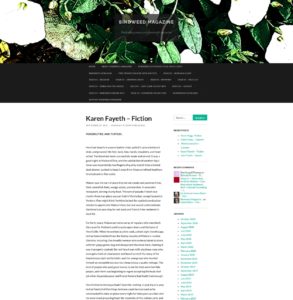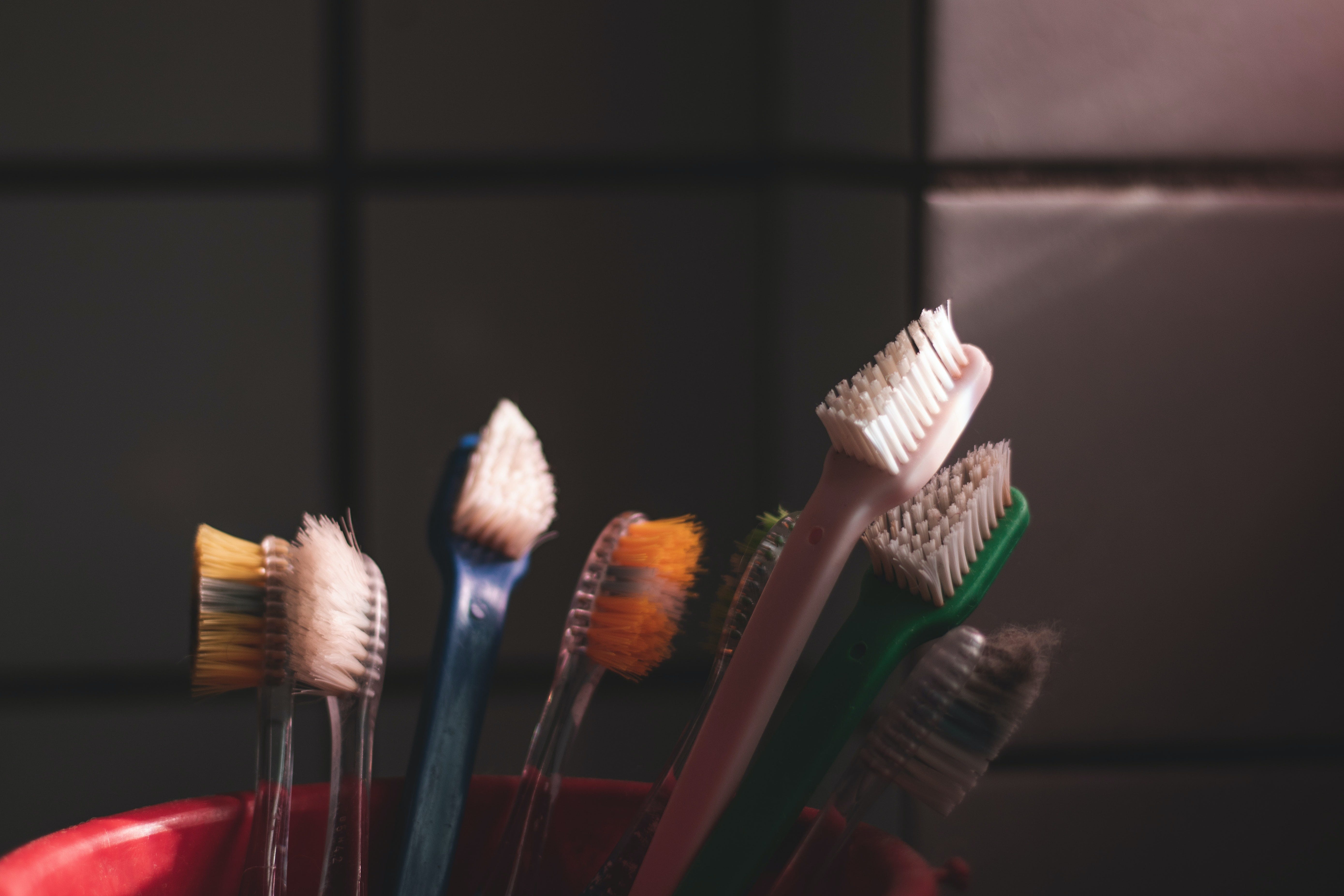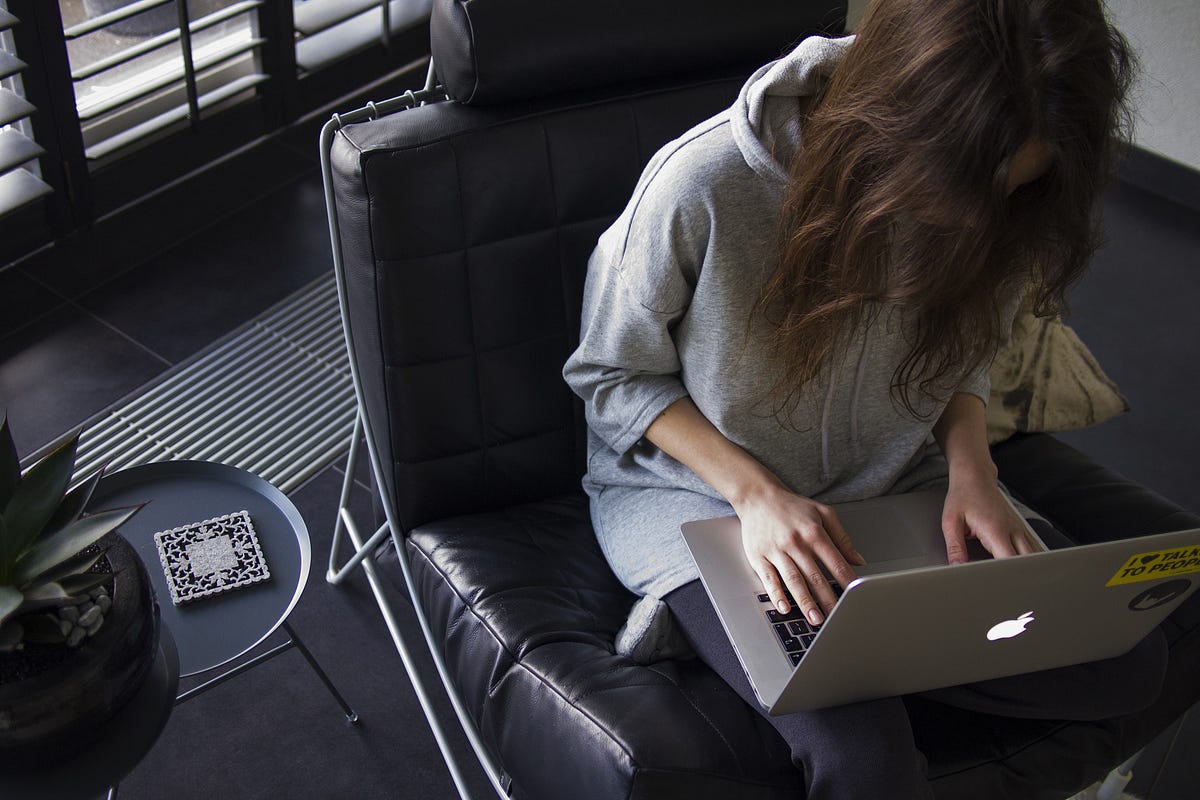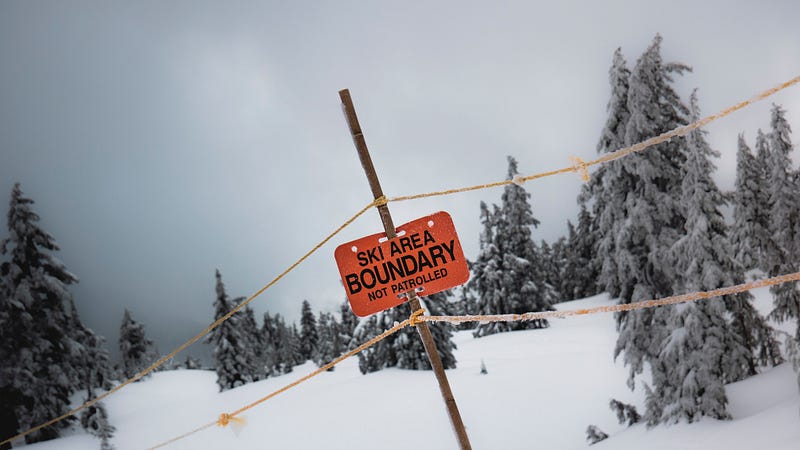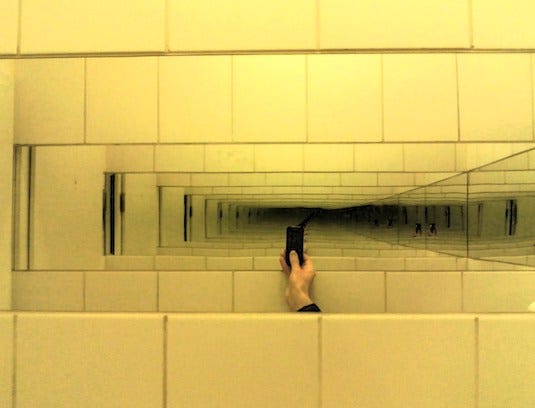Every Picture Tells A Story
The Story is in the Eye of the Beholder
Photo by the author, ©2019 Karen Fayeth
—
My photography teacher and mentor holds regular photo review sessions where we, her students, come together to show our photos and receive feedback from the group.
The rules are that we show our photo but stay silent. The photographer says nothing while the audience to reviews it, forms their opinions, and then provides feedback. Once feedback begins we are allowed to answer questions but the preference is to stick to the aspects of the photo and not stray too far into the backstory of why, what, or how.
Our teacher learned this from her own mentor, the legendary Al Weber. It was how he worked sessions with his students.
There are plenty of juicy quotes out there in the world about how a photo should tell the story without further explanation. How the photographer should say what they want to say visually and refrain from adding more explanation.
I understand that view and don’t entirely disagree. In a different photoclub meeting a few years back, I had quite a spirited debate with a fellow photographer who insisted that the technical aspects of the photo were all that mattered and “telling a story” was unimportant.
I insisted that a photo that doesn’t tell a story is boring. We agreed to disagree.
His technically superior landscapes remain astounding in their quality and dull in aesthetics. My photos have something to say, but are technically imperfect. Both of our photography styles are relevant and fine. The artist makes their art as they see fit.
You see, I’m an unapologetic logophile — a lover of words. I’m a storyteller from birth and when I look at photos, I like to hear what the photographer has to say about how and why they took the photo and what it means to them. I find sitting in silence a challenge when I’m so creatively inspired by my peers.
Also, the story a viewer gets from my photo may not be the story I was trying to tell. I know, I know, that’s fine. Everyone sees art in their own way, through their own filters, and that is valid. Of course.
But sometimes, like the photo in the header of this story, I want the viewer to know more. I want you to feel what I felt when I took the photo. I want it to resonate on a deeper level.
So now that you’ve seen the header photo, I’m going to tell you the story.
—
t was the first week of this past December and I was traveling home to California from Tennessee. My itinerary said that I would fly on a small commuter plane from Knoxville to Denver, and then from Denver to San Francisco.
Riding on the very small commuter plane gave me no small amount of pause, in fact I wrote about it here:
My Fear of Flying
Before heading to the airport, I’d checked the weather in Denver and the news was not good. Snow. Lots of snow. Here I am flying on a very small plane right into the heart of a winter storm. Due to land in Denver around 6:45pm, it would be when the storm was expected to be the worst.
I was, to put it in crystal clear terms: Freaked Out.
Snow, small plane, winter, ice, terror, tired, just want to get home, will I even make it home tonight, I don’t want to die, pleaseohpleaseohplease… Like that, swirling around in my head. (Isn’t anxiety just so helpful?)
That header photo, the one with the beautiful sunset, was taken over eastern Colorado. Above the clouds was the most magnificent view of the sunset from the plane’s large window. The roiling storm clouds gave a great foreground. The contrast of blue and orange are a perfection of complimentary colors that only Mother Nature knows how to create.
Now, let’s be honest with each other: There are a lot of beautiful photographs of sunsets out there in the world. Plenty of astounding locations, views, and colors. My photo is surprisingly clear and well-focused for having been taken through a plane window. I used a Sony Cybershot as it was the best camera I had on me at the time.
I look at that photo and I love the brilliant colors, that I managed to mostly (but not precisely) center the sun, and the clouds make it very moody. But when I see that photo, what I feel is fear.
The dark and foreboding clouds below that gorgeous Colorado sunset were a metaphor for everything I was feeling when the shutter clicked. This photo was taken at the edge of the storm, you can see the ground on the right lower side. We had not yet begun to find the center of that winter storm when this photo was taken. It still lay ahead.
I should probably title the photo “Yearning for the Runway” because as I both watched and photographed that sunset, I kept visualizing over and over in my mind a smooth landing, pleading to the universe for safety.
Turns out by the time we got to Denver there had been a break in the storm and the runways were clean, dry and perfect. We landed pretty much as I had visualized. The snow was projected to start again soon, so after a little deicing, we took off late but made it home to SFO on time and intact.
I don’t know if telling my story makes you see the photo any differently. Maybe what you see when you read the story of that photo is different from mine.
I like knowing that my photo is more than just a lovely sunset, it’s my reminder that life is both precarious and precious.
And small planes are safer than I think.
Just wait until I tell you about my photo of a deceased ladybug.
—
This item first appeared on Medium, find more of my work @karenfayeth over there.

